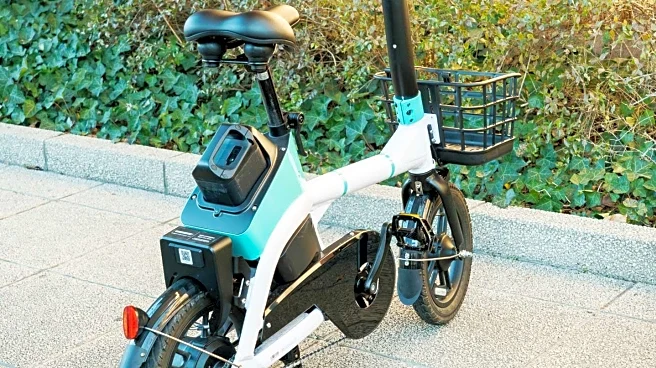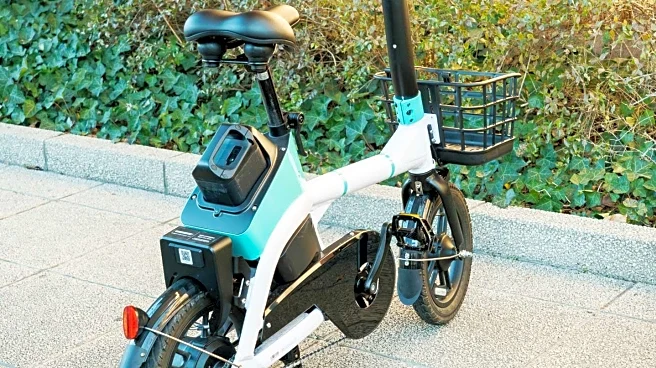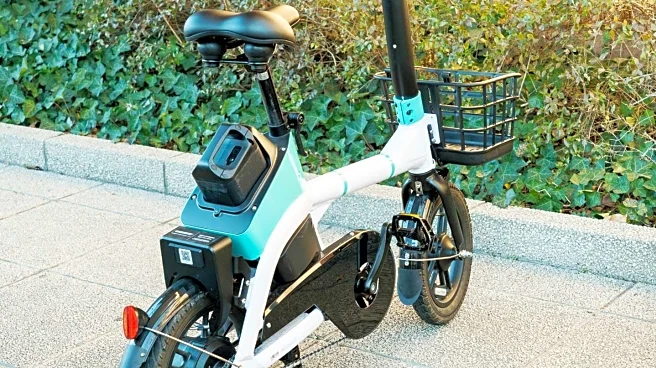What is the story about?
What's Happening?
Consumer Reports has released insights into the growing popularity of electric bikes (e-bikes), emphasizing the importance of understanding their features and price points before purchasing. E-bikes are increasingly being used for both recreational purposes and commuting, offering an alternative to traditional vehicles. There are two main types of e-bikes: pedal-assist bikes, which activate an electric motor when pedaling, and throttle-based bikes, which can move without pedaling. According to Consumer Reports, top-performing e-bike models typically range from $2,000 to $3,000. The report evaluates various aspects such as battery life, acceleration, hill-climbing ability, speed control, and braking performance. For commuting, models like the Heybike Cityrun offer a 29-mile range and electric throttle, while the Lectric XPedition provides additional cargo space and features akin to a car, including headlights and turn signals.
Why It's Important?
The increasing popularity of e-bikes reflects a shift in consumer preferences towards sustainable and efficient transportation options. As e-bikes become more prevalent, they offer a viable solution for reducing reliance on cars, potentially decreasing traffic congestion and environmental impact. The insights from Consumer Reports help consumers make informed decisions, ensuring they invest in models that meet their needs and provide value for money. This trend could influence urban planning and transportation policies, encouraging infrastructure that supports e-bike usage. Additionally, the emphasis on safety and learning curves highlights the need for public awareness and education regarding e-bike operation.
What's Next?
As e-bikes continue to gain traction, manufacturers may focus on enhancing battery technology and expanding features to cater to diverse consumer needs. Cities might consider integrating e-bike-friendly infrastructure, such as dedicated lanes and parking spaces, to accommodate the growing number of users. Consumer Reports' findings could lead to increased consumer interest and demand for e-bikes, prompting further innovation in the industry. Stakeholders, including policymakers and urban planners, may explore incentives to promote e-bike adoption as part of broader sustainability initiatives.
Beyond the Headlines
The rise of e-bikes also presents ethical and cultural considerations, such as the impact on traditional biking communities and the potential for socioeconomic disparities in access to high-quality models. As e-bikes become more mainstream, there may be discussions around regulations and safety standards to ensure rider protection and equitable access. Long-term, the shift towards e-bikes could influence cultural attitudes towards transportation, fostering a more environmentally conscious and health-oriented society.
AI Generated Content
Do you find this article useful?











